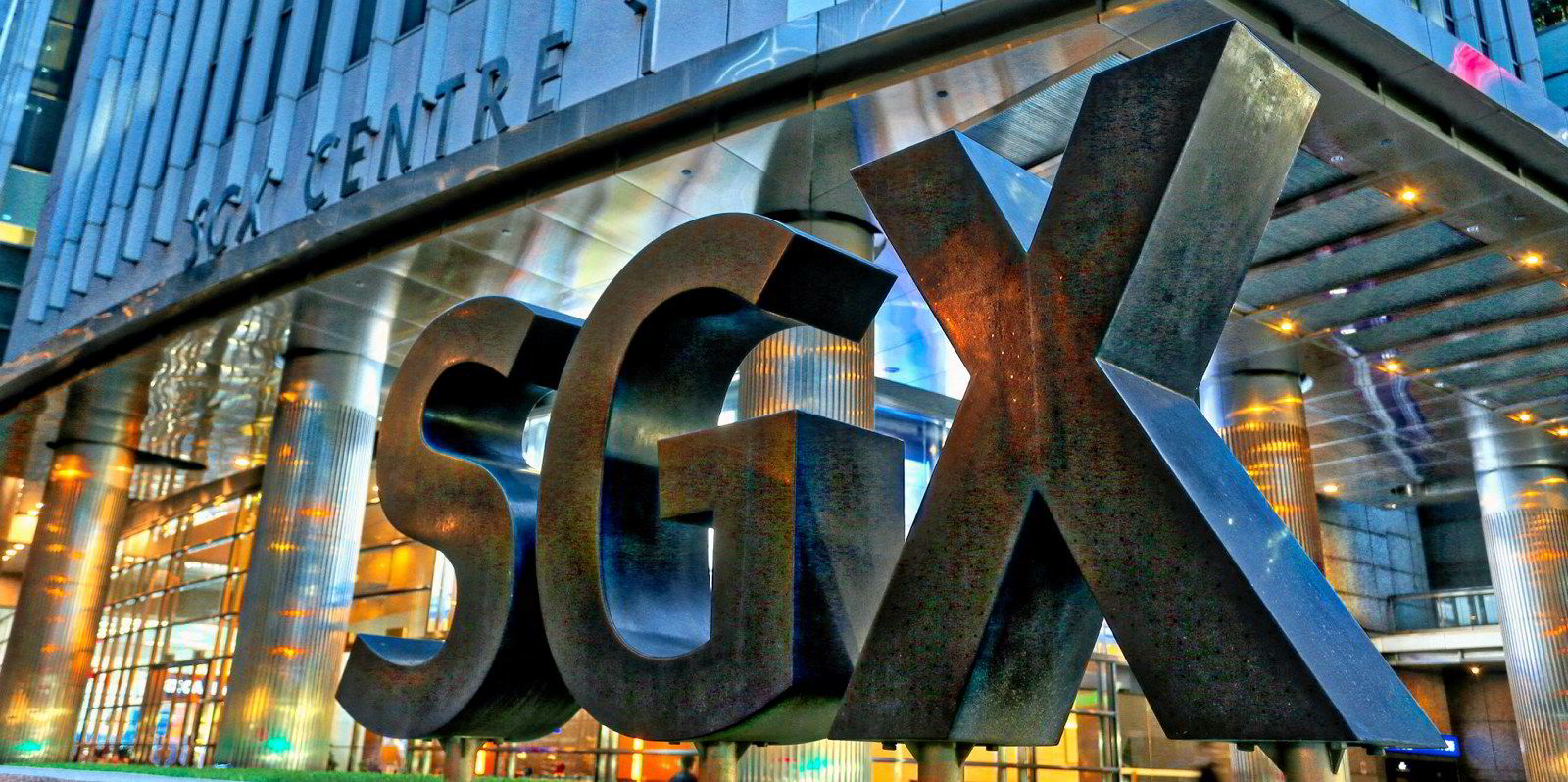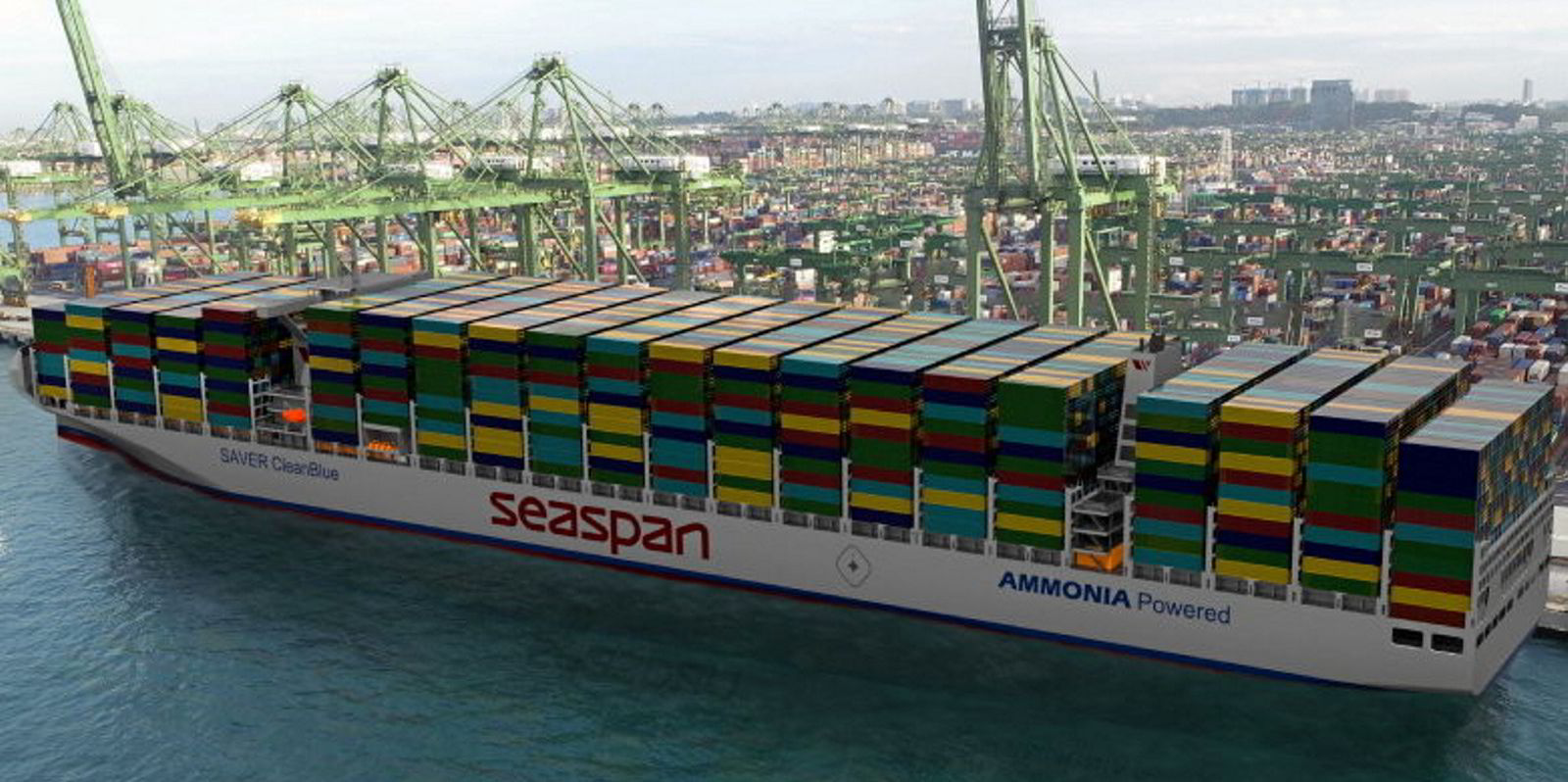Shipping is among the target markets the Singapore Exchange (SGX) singled out for its newly launched ammonia swap and futures contracts.
These two contracts will reference Argus’ Ammonia FOB Middle East and CFR East Asia indexes, listed out to two years forward.
“Ammonia has the potential to play a key role as an alternative source and carrier of cleaner and renewable energy, particularly in the maritime industry,” said William Chin, head of commodities at SGX Group.
“The listing of ammonia derivatives underscores SGX Group’s commitment in fostering the global transition towards a low carbon energy matrix by providing relevant tools and solutions that empower the industry with the necessary risk management tools in this transition journey.
“Starting with conventional ammonia, with the end objective in low-carbon ammonia as technology and market adoption evolves, this new launch builds upon our existing suite of derivative contracts for EV battery metals and ferrous metals — all crucial components of a sustainable future,” he added.
At present, 80% of global ammonia demand comes from the fertiliser sector, with the balance used in industrial applications.
According to forecasts from Argus, global ammonia demand is projected to double to 400m tonnes by 2050, driven by new demand from non-traditional sectors such as power generation, hydrogen carriers and maritime fuel.
“The emergence of a new futures market for ammonia in Asia allows market participants to hedge physical price risk both within traditional fertiliser markets as well as the power generation and shipping sectors entering the market. This will support those seeking to switch to more sustainable low-carbon ammonia in the future,” said Argus Media chairman and chief executive Adrian Binks.
A recent report by the International Energy Agency (IEA) said it expects ammonia to emerge as the key shipping fuel if the industry is to hit its increasing target of reaching net zero emissions by 2050.
The use of ammonia will increase dramatically over the next two decades to grab a 44% share of the shipping market under the ambitious timeline, according to the IEA.
“While today there are no commercial ships operating on ammonia…around 150 ammonia-ready vessels were on order at the end of 2022,” the IEA added.





